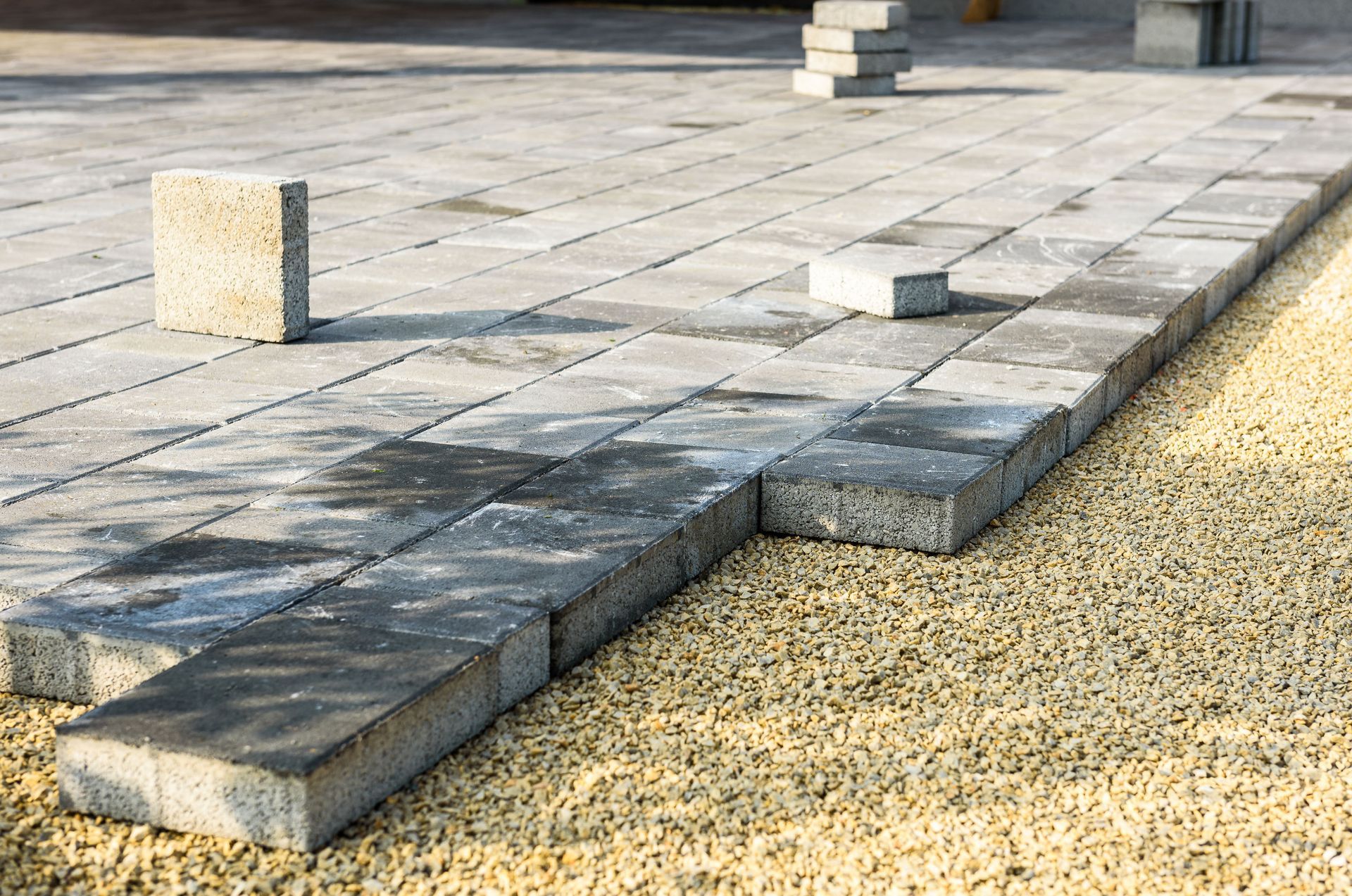August 12, 2025
Concrete is a versatile and essential material in the construction industry, yet not all concrete is created equal. Understanding the different types of concrete available can help in selecting the right material for your project needs. This article explores the various types of concrete, their compositions, applications, advantages, and limitations. Each type serves a unique purpose, and knowing these can facilitate more informed decisions. The right choice in concrete not only ensures structural integrity but also impacts the environmental footprint.
Concrete continues to be the most widely used building material, with advancements offering diverse options. From skyscrapers to residential homes, concrete forms the backbone of urban and rural development. According to Grand View Research, the residential segment led the global concrete market in 2024, making up 38.4% of total industry revenue. This underscores the importance of understanding different types of concrete for optimized residential construction. As the industry evolves, so do the options available for designers and builders.
Developers and architects regularly encounter the need to choose the appropriate concrete type for their projects. The performance of a building can be greatly influenced by the quality and suitability of the chosen concrete. This article aims to provide a detailed understanding of the different kinds of concrete available. We delve into the factors that determine the choice of concrete, including application, durability, aesthetics, and cost-effectiveness. Knowledge of concrete types enriches the decision-making process, promoting efficiency and sustainability in construction.
Composition and Manufacturing Process
Ordinary Portland Concrete (OPC) is one of the most commonly used types of concrete in construction. It is primarily composed of a mixture of cement, water, sand, and aggregates. The manufacturing process of OPC involves grinding raw materials like limestone, clay, and sand into a fine powder that is then mixed with water to form a paste. This paste hardens over time through a chemical process called hydration, which binds the materials together. The quality and strength of OPC largely depend on the compositions and properties of the raw ingredients used.
The process of manufacturing OPC also involves heating the raw materials in a kiln at high temperatures. This process, known as clinker production, is crucial for developing the desired properties of the cement. Once the clinker is formed, it is cooled and ground again to form the final product, cement powder. These steps ensure that the concrete produced has the necessary compressive strength and setting time needed for construction applications. Although energy-intensive, this process is essential for producing high-quality cement.
The ease of production and availability of materials make OPC a favored choice in construction. Its consistent and reliable performance ensures its position as a staple in the industry. Despite its widespread use, OPC is not without limitations; its environmental impact, primarily due to CO2 emissions during production, is a significant concern. Therefore, efforts to improve its composition and manufacturing process are ongoing, aiming to curtail environmental impact while retaining its advantageous properties. Advancements in technology continue to seek more sustainable alternatives to traditional OPC.
Common Uses in Construction
Ordinary Portland Concrete is most frequently used in a wide range of construction applications. Its primary use is for creating structural components such as foundations, beams, and slabs. Due to its high compressive strength, OPC is ideal for load-bearing structures and is often used in building high-rise buildings and bridges. Its versatility also makes it suitable for pavements, roads, and other infrastructure projects. Additionally, it provides a cost-effective solution for constructing residential buildings, aligning with the fact that the residential segment led the concrete market in recent years.
In residential construction, OPC is favored for creating driveways, footpaths, and garden patios. The uniformity and workability of OPC make it suitable for various decorative applications as well. Inside homes, OPC is used for creating concrete countertops, flooring, and other interior architectural elements. These applications capitalize on the durability and fire-resistance properties of OPC, contributing to the longevity of structures. In both aesthetic and practical applications, OPC remains a dominant material choice.
Aside from its traditional uses, OPC serves as the base for a number of derivative products. Specialized forms like mortar and grout stem from OPC, expanding its utility in construction. Ancillary materials enhance bonding and water-resistance, adapting OPC for more specific purposes. Ultimately, OPC’s adaptability and relative affordability maintain its role as a go-to material in both commercial and residential construction sectors. Its widespread use indicates a continuing demand for standard, reliable concrete solutions.
Advantages and Disadvantages
The advantages of Ordinary Portland Concrete lie in its accessibility and affordability. Due to the abundance of raw materials like limestone and clay, OPC is cost-effective to produce on an industrial scale. Its high compressive strength ensures reliability in various structural applications, providing peace of mind for constructors and clients alike. Additionally, OPC has a long lifespan and requires minimal maintenance when utilized appropriately. Despite these advantages, OPC is not without its disadvantages.
One of the primary drawbacks of OPC is its environmental impact, particularly concerning CO2 emissions. The clinker production in cement manufacturing is a major contributor to greenhouse gases, prompting concerns about sustainability. Furthermore, OPC tends to be brittle, making it susceptible to cracking under tensile stresses unless adequately reinforced. Its rigid nature can also adversely affect structures in areas experiencing frequent seismic activity. These limitations necessitate considerations for alternatives or reinforcement strategies in certain scenarios.
The limitations of OPC extend to its thermal properties as well. OPC can retain heat, which can lead to increased temperature in urban environments known as the heat island effect. Additionally, OPC is porous and may not be ideal for moisture-prone environments without proper additives. Researchers continue exploring supplemental materials to enhance OPC's properties, offering solutions for its inherent drawbacks. Despite these challenges, it remains a foundational element in construction, with ongoing efforts to improve its sustainability and performance.
Environmental Impact
The environmental impact of Ordinary Portland Concrete is significant due to the energy-intensive nature of its production process. Cement manufacturing is responsible for approximately 8% of global carbon dioxide emissions, making it a critical area for environmental improvement. The heat required for clinker production involves large amounts of fossil fuels, further contributing to the carbon footprint. As a consequence, the industry is under pressure to develop greener alternatives and optimize processes to reduce emissions.
Efforts to mitigate the environmental impact of OPC production focus on alternative materials and methods. Supplementary cementitious materials like fly ash and blast furnace slag are being integrated into cement mixtures to reduce the need for Portland cement. This approach not only decreases emissions but also repurposes industrial by-products, contributing to sustainability goals. Innovations such as carbon capture and storage technology are also being explored to offset emissions associated with clinker manufacture.
Despite these interventions, achieving concrete sustainability remains a complex challenge. The need for durable, high-quality materials often conflicts with environmental objectives. However, continued research and development are paving the way for more environmentally friendly solutions. Collaborative efforts between industry, academia, and government agencies aim to redefine standards and practices within the concrete sector. Through these initiatives, the environmental footprint of OPC can be significantly diminished over time.
Maintenance and Longevity
Ordinary Portland Concrete exhibits robust durability, provided it is maintained appropriately and placed under suitable conditions. Regular maintenance practices can significantly extend the lifespan of concrete structures, reducing the need for repairs and safeguarding structural integrity. This involves sealing surfaces to prevent moisture ingress and undertaking regular inspections to identify potential issues like cracking and spalling. Adhering to maintenance guidelines plays a vital role in longevity, especially for outdoor applications exposed to weather extremes.
Be sure to reach out to A-1 Construction LLC today for more information on our professional concrete services!



